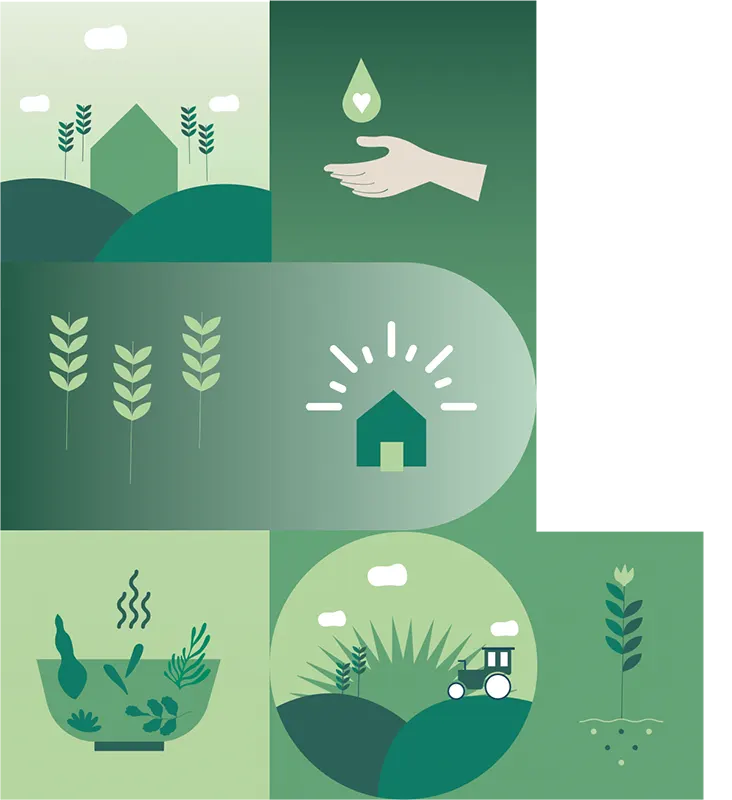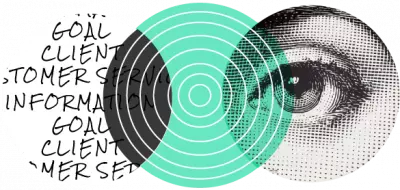Different in the way we care ®
State-of-the-Art Constructions
To make buildings we design and construct sustainable, we strive for better performance from a holistic point of view.
This way we assist our clients to realize their sustainability aspirations in a pragmatic way and create buildings that are efficient with resources, affordable to construct, easy to manage and operate and pleasant to inhabit.

Talk to Maria Gkika about your sustainable construction inquiries.
Sustainable Buildings Design
The Pursuit of Green Buildings Design in Crete, Greece.
Sustainable design is a buzzword that has already infiltrated many architectural practices and construction firms around the world. Architects are challenged not only in producing designs and proposals that excel in function and purpose but also in being able to design, propose, deliver and implement integrated solutions that take into account land use, energy consumption and eco-friendly property maintenance practices.
At ARENCOS, we consider how all parameters of a building’s architectural, structural and engineering design synergistically work to meet the needs of property owners, inhabitants and the environment.
We believe this philosophy can be successfully achieved, by integrating our total architecture ideas with technical excellence and smart custom-made solutions.

Our Philosophy
Biophilic Design in Architecture: The Cretan Nature Meets Concrete
The variety of architectural and engineering design solutions and their compliance with the Greek Building Codes and Global Engineering Standards incited a lot of challenges. Often, engineers and architects strive to preserve the aesthetics of housing appearances and fail to fulfill a client’s need.
Compared to commercial buildings, the residential design must allow for full integration at all levels of inhabitants’ lives. Moreover, due to excessive energy consumption during the construction and maintenance of a residential project, project design and management must be sustained. For instance, demand for water is outstripping supply in Crete and climate change is making it worse.
Thus, to successfully integrate our sustainable design principles in our projects, an optimal balance between sustainable housing, technologies integration and customer satisfaction is required. Likewise, we focus with determination on the sustainability of our design towards:
- Energy and Water consumption reduction
- Using local environmentally friendly materials
- Waste Recycling improvement
- Optimized Position and Orientation of the Property
- Enhance Indoor Environmental quality
- Optimize Operational & Maintenance practices
A Leader in Sustainable Green Building Design in Crete, Greece.
We have long promoted innovative sustainable design solutions by bringing together technical specialists, renewable energy engineers and architects to shape a new building or retrofit an existing building to maximize its performance.
At ARENCOS, we have helped many clients realise their sustainability objectives in their residential and commercial projects.
We also go a step further with ARENCOS Green Mobility which is our latest effort to encourage sustainable mobility by installing electric car charging systems to our Net-Zero residential properties.
Exploring the Potential
Our experts have the experience to quantify the benefits of green building parameters and concepts, examining their potential to mitigate urban noise, air pollution and heat.
At the start of each construction project, client and our team set a strategy that allows them to redefine sustainability in building design. We help clients find pragmatic solutions that match their own objectives, style and aesthetic preferences.

Biophilic Design Dossier
ARENCOS Biophilic Design Dossier is a collection of resources to assist property owners explore biophilic design and promote human-nature connection in the built environment.
The dossier provides help, guidance, motivation, and support for key features and practices from introducing biophilic design to construction materials, to the energy saving planning and design, all the way through construction and well-being.
The Biophilic Design Dossier includes: Essentials of biophilic design, success stories, lessons learned, biophilic design guidance, biophilic design map, biophilic design activities and handbook, risks to avoid and opportunities to proceed.
Energy Consumption & Efficiency in Green Buildings
Energy Consumption (kWh/month)
This bar chart illustrates the energy consumption (in kWh per month) of various building systems within a green building. HVAC systems have the highest energy consumption, followed by lighting and appliances. Renewable energy sources contribute negatively to the total, signifying energy savings by offsetting consumption. The chart highlights areas for energy optimization and the impact of renewable energy integration.
Energy Consumption
Energy consumption, measured in kilowatt-hours per month (kWh/month), is a critical metric for evaluating the energy efficiency of buildings and their systems. It represents the amount of energy used by various building systems, such as HVAC, lighting, appliances, and other utilities, within a given timeframe. Monitoring and optimizing energy consumption is essential in green building design, as it directly impacts operational costs and environmental sustainability.
By integrating renewable energy sources, improving insulation, and adopting energy-efficient technologies, buildings can significantly reduce their energy usage. Tracking this metric enables stakeholders to identify inefficiencies, implement corrective actions, and achieve long-term energy savings.
Energy Efficiency Trends Over Time
This line graph tracks the energy efficiency (as a percentage) of four buildings from 2018 to 2023. Each line represents a building, showcasing consistent improvements in energy performance over time. Building A leads in efficiency, achieving 90% by 2023, followed by Buildings B, C, and D.
Building A:
- In 2018, Building A had an energy efficiency of 75%, meaning 75% of the building's energy consumption was utilized efficiently.
- By 2023, its energy efficiency had increased to 90%, representing a 15% improvement over five years.
This improvement could be attributed to measures such as:
- Upgrading HVAC systems to more efficient models.
- Installing LED lighting throughout the building.
- Incorporating renewable energy sources like solar panels.
- Implementing building automation systems to optimize energy use.
Green Building Design in Crete
Exploring the Complex Challenges Around the Sustainable Built Environment.
Today sustainability and biophilic design in the construction sector have become one of the most important topics within research and building design. At ARENCOS we implement and integrate sustainable design principles to optimize construction links and to minimize the impact of buildings on the natural environment of Crete while ensuring that the quality of buildings is not affected.
Our research focuses on the interactions and synergies between structures, human beings, and the environment to improve the performance of buildings, minimize waste, and create healthy, safe, comfortable and practical spaces.
Transform your buildings into high-performing assets.
Among others, we conduct dedicated research on:
- Location
- Size
- Orientation
- Local Materials
- Recycled Materials
- Insulation
- Air Sealing
- Windows & Doors Selection
- Sustainable Materials
- Energy Star Appliances
- LED Lighting
- Water Conserving Fixtures
- Efficient HVAC
- Renewable Energy Systems
- Rain Water Collection
- Solar Hot Water
- Intelligent Planting


OFF-GRID HOUSE IN CRETE: HOW MUCH DOES IT COST?
Fully off-grid covers places where there is no mains grid connection at all. This could either be down to the costs or purely as a personal choice. Installing solar panels is not enough to be considered off-grid, and most people who use solar energy still rely on electricity from an outside source.
Functionality. Practicality. Sustainability. Inclusivity.
Using our critical thinking, knowledge, motivation and passion to deliver lasting value for our projects– that’s our approach to sustainability. We have the motivation to do it, and we believe we have the responsibility to do it. It’s that simple.


PHCC is an architectural and engineering philosophy for zero-carbon buildings in Crete, Greece.



Creating Lasting Value
Following state-of-the-art sustainable design concepts and using eco-friendly materials for our construction projects in Crete, not only reduces the impact of the properties on the environment, but also provides our clients more freedom to experiment with designs and concepts that highlight creativity, function, innovation, and wellbeing.
